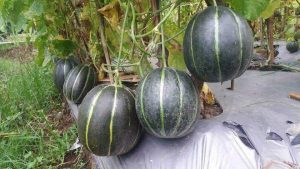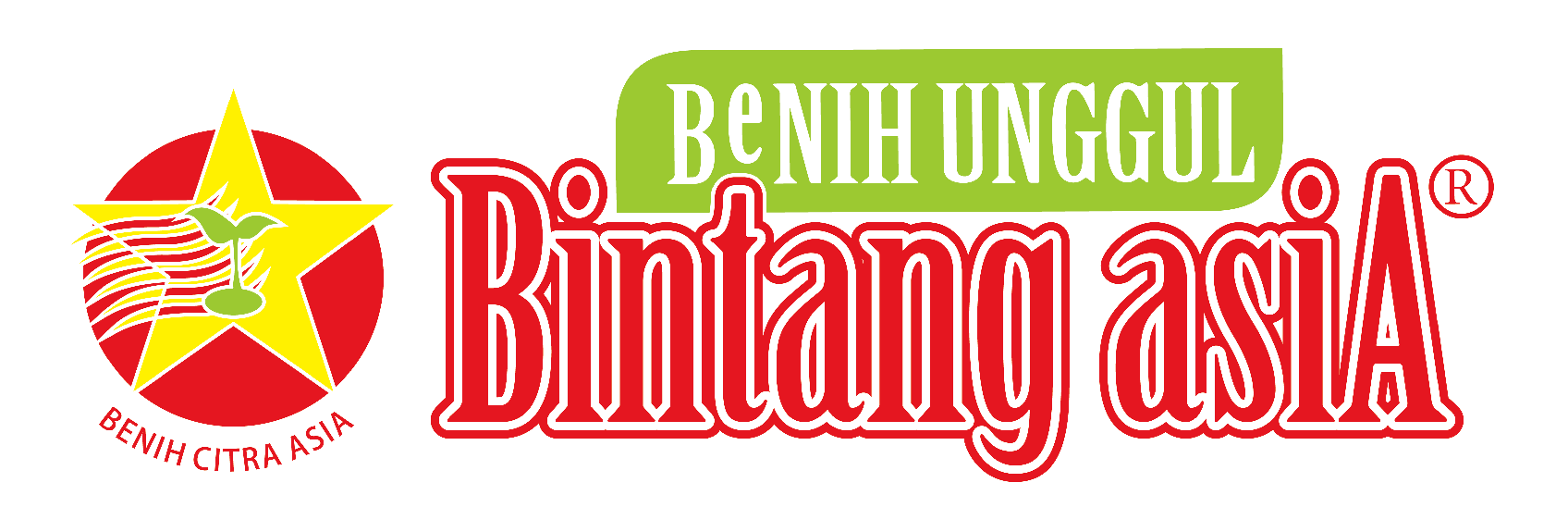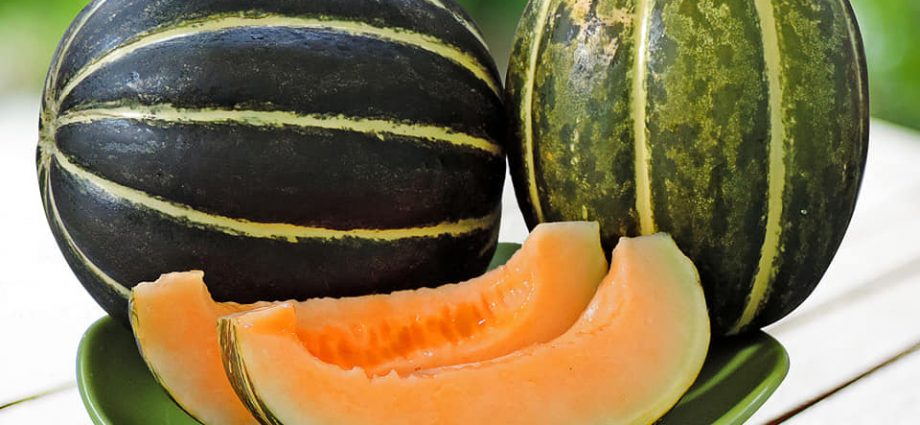A Complete Guide: The best way to plant cantaloupe
Cantaloupe is a fruit-producing plant that is widely used as a refreshing drink in the Southeast Asian region, beside suri cucumber. Cantaloupe is similar to melon but in a different cultivation group, cantaloupe is in the Cantalupensis group.

Cantaloupe generally has an oval fruit shape, with a light orange skin with greenish spots. Behind the thin skin of the fruit, there is a relatively soft and textured fruit flesh. Inside there is a cavity that contains seeds and fibers.
Cantaloupe is rich in potassium minerals, provitamin A, dietary fiber, and vitamin C. The nutritional content in this fruit is useful for increasing body resistance, healthy kidney function, spleen, lowering blood pressure, and curing canker sores.

Many people like this fruit because of the content and benefits of this fruit. Nowadays, many people are starting their luck by cultivating cantaloupe.
Here’s how to cultivate Cantaloupe:
- Growing Conditions
Cantaloupe grows in the lowlands to highlands. Cantaloupe will grow on land that gets full sunshine all day long. The soil used for growing cantaloupe should be rich in nutrients and have a pH of around 6.0 to 7.0.
- Seed Sowing and Seed Preparation
Cantaloupe seeds can be planted directly in the planting area. 1 to 2 seeds per planting hole, but it is better to seed the seeds first. Seeding can use polybags or seedling trays as well as seeding melon, watermelon or bitter melon. After 10 to 14 days the seedlings can be transplanted into the planting area.
- Land Preparation
The land to be used for cultivation must first be cleared of weeds or other nuisance plants. Then loosen the soil by plowing or hoeing.
Make a bed with a bed size of about 60 to 80 cm in width and a trench width of about 40 cm and a distance between beds of 2 to 3 meters (for spreading plant stems).
- Basic Fertilization
When the beds have been made, then do basic fertilization using manure or compost, NPK or a mixture of KCL, ZA and TSP or SP36. A week before doing basic fertilization, do liming using agricultural fertilizer or dolomite if the soil pH is less than 6.0.
After liming, sprinkle about 1 kg of manure and 250 g of NPK fertilizer / planting hole. Furthermore, the beds are covered with plastic mulch to maintain soil moisture and also to minimize the growth of weeds. After that, make a planting hole with a distance between the holes of about 60 cm – 70 cm.

- Cantaloupe Planting
Immediately do the planting after the seeds are 10-14 days old and the planting area is ready. Waters the planting hole before planting, then dibble with a depth adjusted to the seedling polybag. If it is done, remove the polybag then put the seeds and planting media in the planting hole. Water the seeds sufficiently. Planting is best done in the afternoon.
- Sprinkling
When the seedlings are 0 to 10 days old, watering is done every day, then carried out as needed.
- Stitching
Perform embroidery or replacement on seedlings that die or grow imperfectly. This embroidery can be done until the seedlings are 21 days after planting.
- Weeding
Do weeding on the grass that grows around the planting hole and also the trench.
- Follow-up Fertilization
The first follow-up fertilization is done when the plants are about 15 days after planting, the fertilization is done using NPK, TSP, ZA, and KCl fertilizers. Fertilization is given by means of by spraying or sowning.
- Pests and Diseases of Cantaloupe
Pests and diseases that often attack cantaloupe plants include crickets, armyworms, oteng-oteng, fruit flies, fruit caterpillars, leaf spot disease, wilt, leaf rot, and so on. Pests that attack can be overcome with the use of appropriate insecticides while for diseases can be overcome by using appropriate fungicides.
Cantaloupe can be harvested on the age of 50 days. In one planting, harvesting can be done 2 times.


